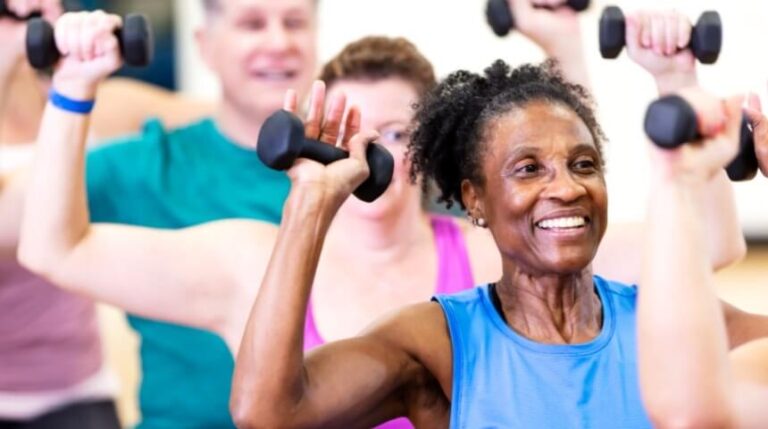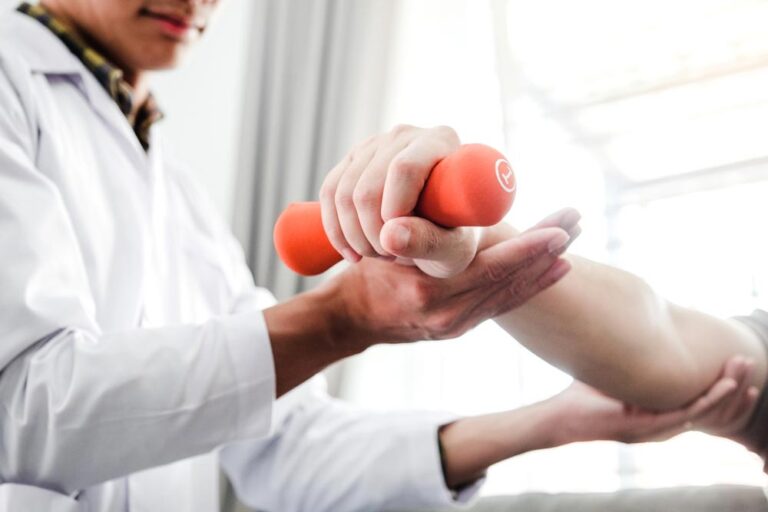Whether you jog, lift weights, golf or play another sport, you can’t escape the injury potential that comes with being active. Sometimes, it’s just bad luck. But there are ways you can protect yourself against injury, including:
- Warming up
- Stretching
- Cooling down
- Not doing too much, too fast
- Listening to your body
Focusing too much time and attention – particularly for younger athletes – on a single sport can make you more vulnerable to injury. Often, people underestimate the value of cross training, which can help your body be better prepared for the stresses and strains of sports.
With that in mind, let’s look at some common injuries in seven popular sports – and how to decrease your risk of getting hurt.
Running
Runners can suffer from several injuries, including plantar fasciitis and IT band syndrome. But one of the most common injuries is the stress fracture – a small crack or bruising in one of the many bones of the foot. It’s an overuse injury encountered by runners who don’t recognize when it’s time to cut back or take a break. Stress fractures can also occur in older runners, who might have poor bone health.
You can reduce your risk of stress fractures with several strategies: Make sure you have quality running shoes with good shock absorption; eat a diet strong in Vitamin D and calcium; and don’t push your body (and feet) too hard or too quickly.
Tennis
Not surprisingly, the most common injury is tennis elbow (lateral epicondylitis). This painful condition is an inflammation or micro tearing of tendons that connect the forearm muscles on the outside of the elbow. The injury can be caused by overuse and improper mechanics.
One way to protect yourself against this injury is by not overdoing it. But it may be more important to make sure you are using proper swing technique and that your racket fits you. Rackets that are too heavy or with an improperly sized grip can put extra stress on your forearm.
Soccer
One of the biggest risks in soccer is an anterior cruciate ligament (ACL) sprain or tear. The injury causes damage to one of the strong ligaments that provides stability to the knee. These are most common in sports, like soccer, that involve a lot of fast running and sudden changes of direction. They can occur with or without contacting another player.
You can reduce your risk of an ACL tear through exercises to improve your core strength (hips, pelvis and lower abdomen) to reduce unwanted stress on the knee. Exercises to strengthen your leg muscles can ensure an overall balance in those muscles. Cross training can also help, by keeping your body ready for unexpected stresses.
Golf
Golfers have their own version of tennis elbow. Golfer’s elbow (medial epicondylitis) is an overuse injury caused by inflammation in the tendons that attach the forearm muscles on the inside of your elbow. It’s not uncommon for the pain to spread into the forearm and wrist.
You can reduce your risk through a combination of proper swing form, rest, physical therapy, stretching and, sometimes, wearing a brace. But the most important thing, as with other overuse injuries, is to listen to your body and understand that you can’t go out and constantly give it your all without risking injury.
Biking
Aside from unavoidable accidents, one of the most common threats to cyclists are lower back and knee injuries. Both tend to result from a combination of overuse, improper sitting position and equipment issues.
To avoid them, work on building your core strength, focusing on posture while riding. And make certain that your bike fits you. If your saddle is too low, that can put undue force on the front of your knee or the kneecap. If your saddle is too high, that can put strain on your hamstrings.
Weightlifting
Weightlifters tend to deal with muscle strains and lower back injuries. Weightlifting is all about form. Consider deadlifting, for example. To the untrained eye, the weightlifter appears to be hunched over the barbell, ready to lift it off the ground. But that approach is dangerous for your back. Instead, the weightlifter is stabilizing the barbell with his arms, while attempting to push his feet through the floor.
The key to avoiding injury is to work on core strengthening exercises, with an intense focus on body mechanics and understanding proper weightlifting form.
Swimming
For swimmers, shoulder injuries are one of the biggest threats. This includes rotator cuff strains, tendonitis and shoulder impingement. Overtraining can contribute to these injuries, along with poor stroke mechanics, poor breathing techniques and poor flexibility.
To avoid these injuries, be sure you are giving your body enough time to rest between sessions. Use exercises that build up your core strength and make certain you are using proper stroke mechanics.







